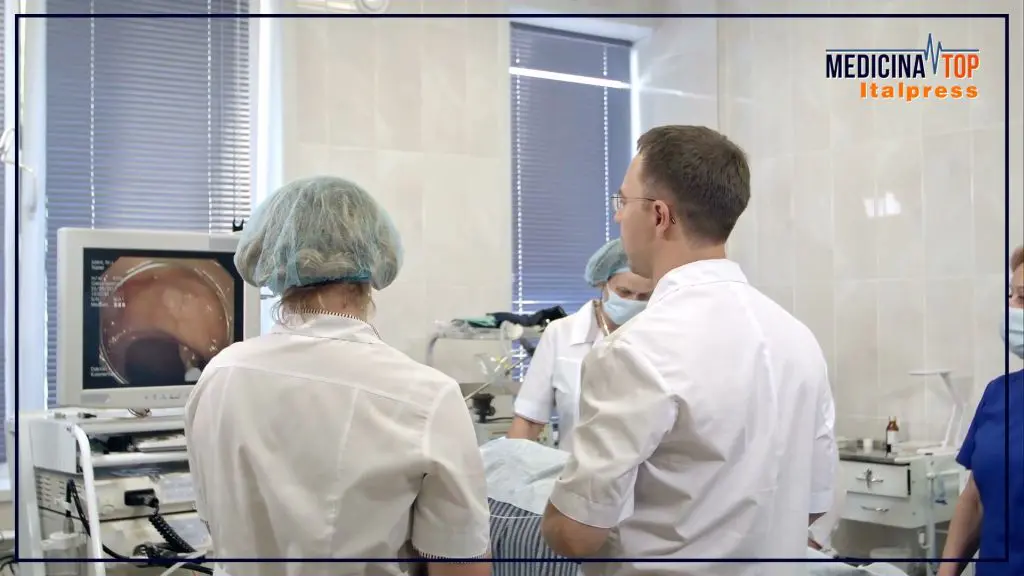MILAN (ITALPRESS) – Gallstones are solid deposits that form inside the gallbladder, a small organ located below the liver that stores bile, a liquid needed for fat digestion. Gallstones, also called gallstones, are very common: in fact, they are estimated to affect between 10 percent and 15 percent of adults. The incidence increases with age, especially after the age of 40. Stones form mainly when there are imbalances in the components of the bile, such as excess cholesterol. The size can vary from grains of sand to small stones. These are some of the topics discussed by Luigi Boni, full professor of general surgery at the University of Milan and director of the complex structure of minimally invasive general surgery at the Policlinico di Milano, interviewed by Marco Klinger, for Medicina Top, a TV format of the Italpress news agency. “It’s a common pathology, more or less 6 percent of the population suffers from it,” he began. “There are patients who have no symptoms, it’s not uncommon, on the contrary: most patients have no symptoms and will have none. In other cases, there may be variable symptoms, such as eating and feeling food in the stomach, others real colic, which can manifest in two different types, and both bring the patient to the emergency room: “either particularly intense pain associated with nausea, vomiting, and fever, or very intense pain like a stab wound in the middle of the belly, which is associated with fever chills and sweating,” the professor pointed out. “Gallbladder pain starts almost in the chest, and initially it also has to be checked that it is not a heart attack, so the stage of diagnosis is also very important. As for the causes, “There are those who have stones and have a perfect lifestyle, and in these cases it concerns the genetic component, but it is obvious that those who have too rich a diet and high cholesterol are predisposed to suffer from gallstones, usually without symptoms. In severe obesity, it is common to run into gallstones,” Boni added, going on to discuss the incidence according to gender. “Gallstones are more present in women, probably a matter related to hormonal activity. They are also frequent in men, but the ratio is 3 to 1; on symptomaticity, on the other hand, the risk is the same for both sexes.” “It’s a growing disease: we’ve become very good at diagnosis, because now ultrasound scans are high-resolution,” he acknowledged, “Lifestyle and diet have greatly influenced this increase in cases. There are different types of stones: “They form because the bile alters its metabolism. If cholesterol or bile salts prevail over each other, stones form. Depending on which component prevails, the stones have different consistency and shape,” the professor explained. “The stones can remain separate or tend to aggregate with each other, reaching considerable size. And on the treatment of gallstones, “One case is patients who do an ultrasound by chance and find gallstones, in these cases since there is nothing symptomatic there is no point in removing the gallbladder,” Boni pointed out, “If the patient comes to the emergency department because he has a colic, this is an indication to remove a gallbladder. One can reason whether to take it out right away or to stall for when there will be less risk in the procedure.” “The most common approach is laparoscopic,” he recounted, “It has also been cleared in compromised patients: anesthesiologists used to be hesitant, now they ask for it themselves because the post-hospital course and recovery time are faster. The hospital stay for minimally invasive surgery is also one day,” he concluded, “With open surgery it is several days.
– photo taken from Top Medicine video -(ITALPRESS).

